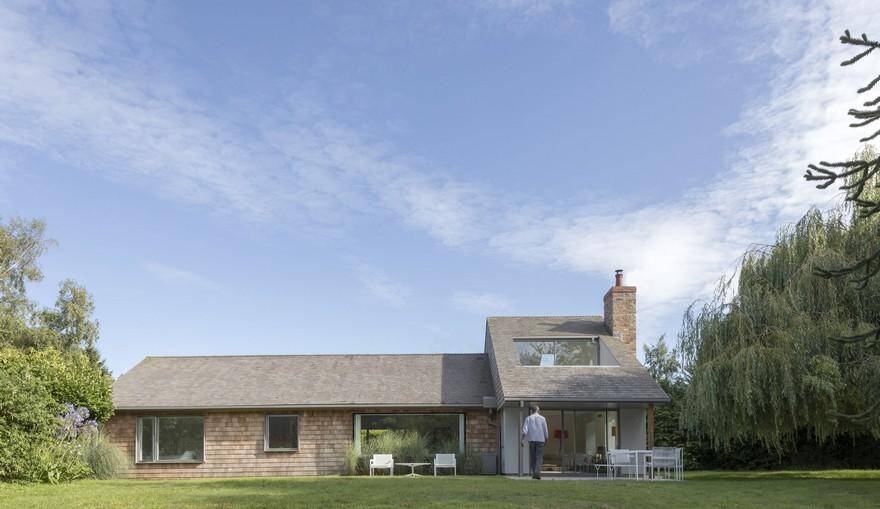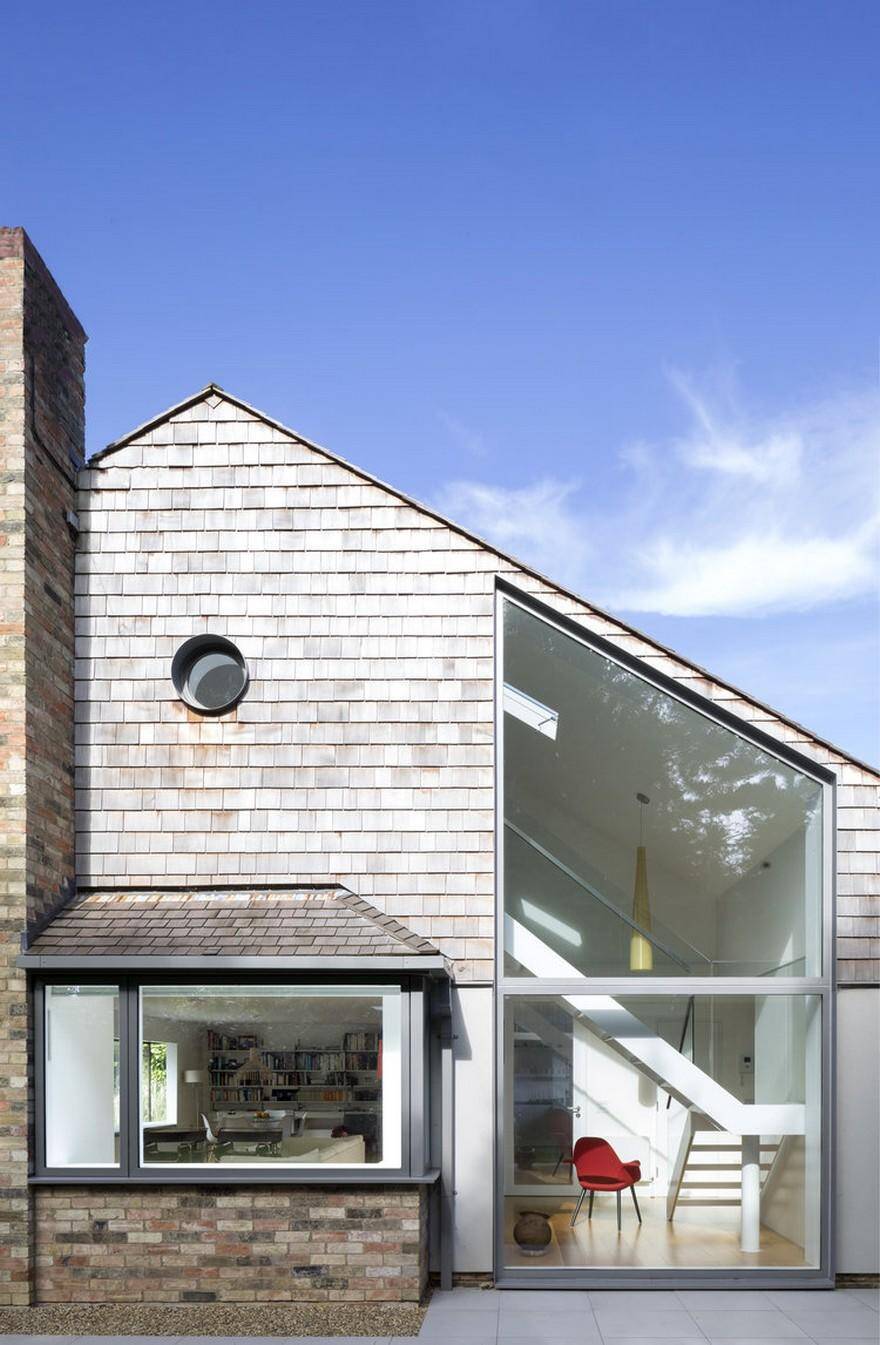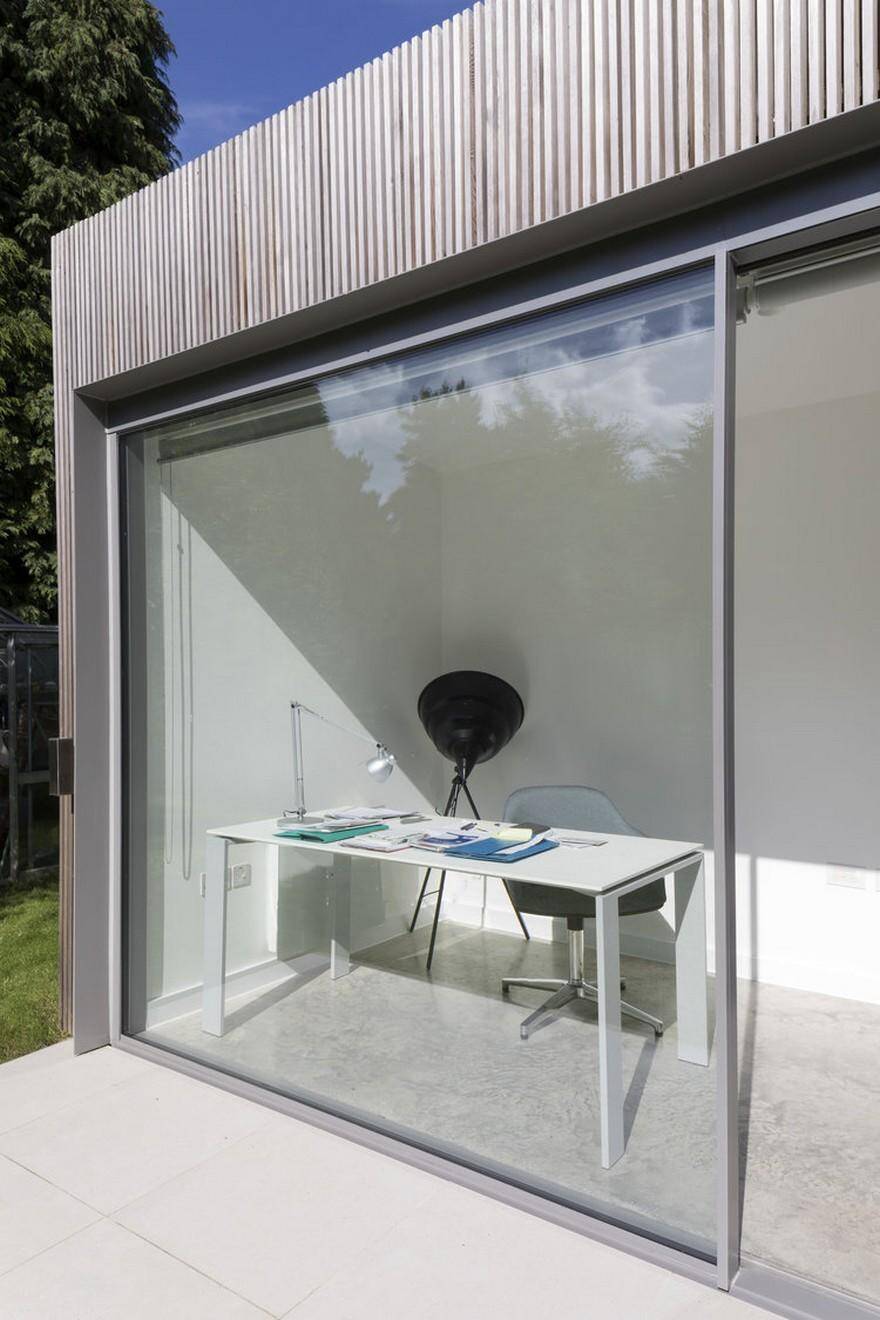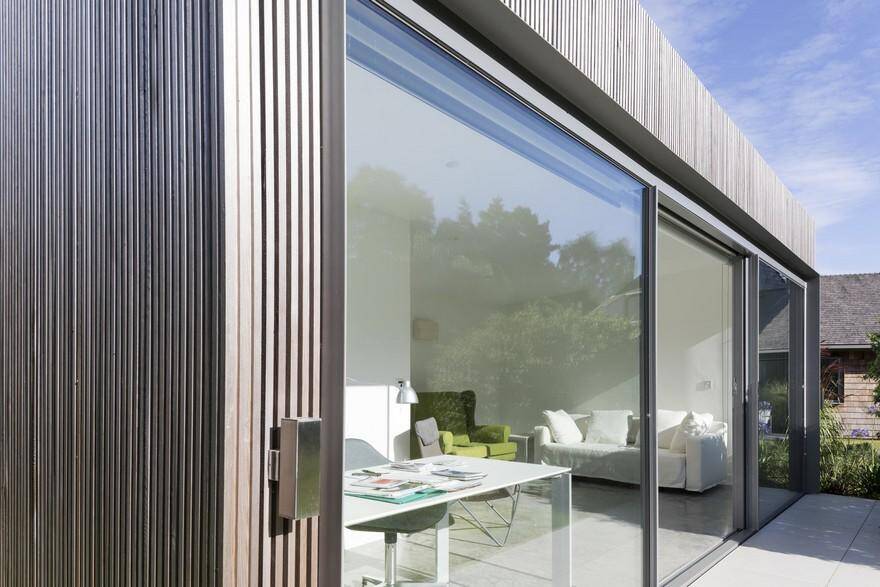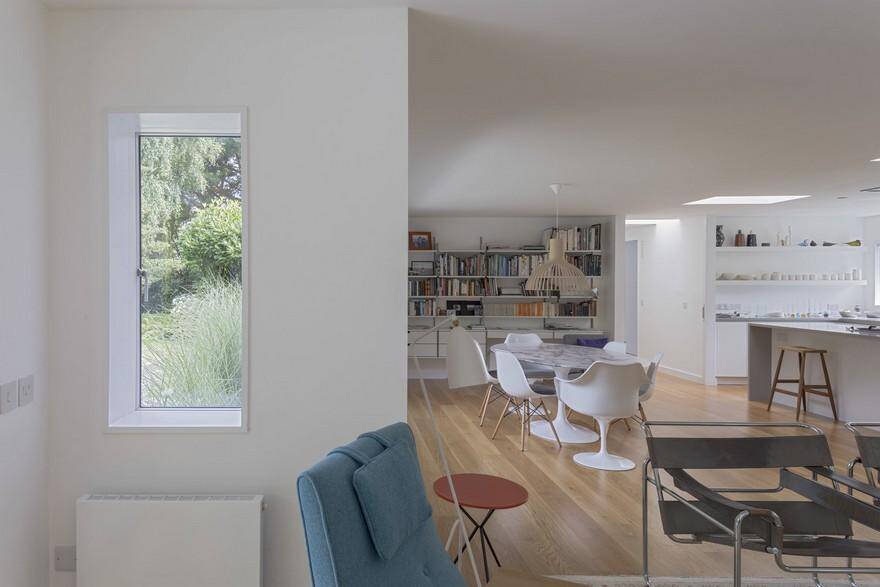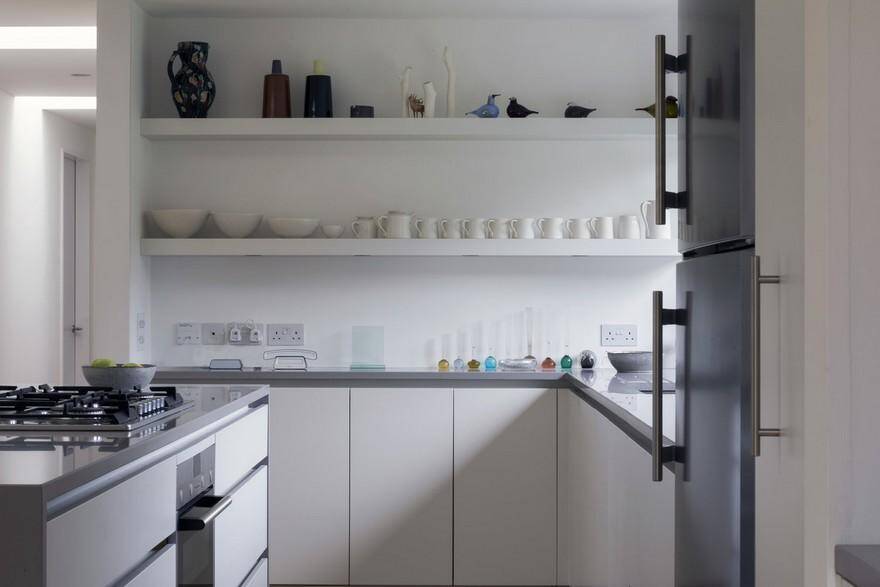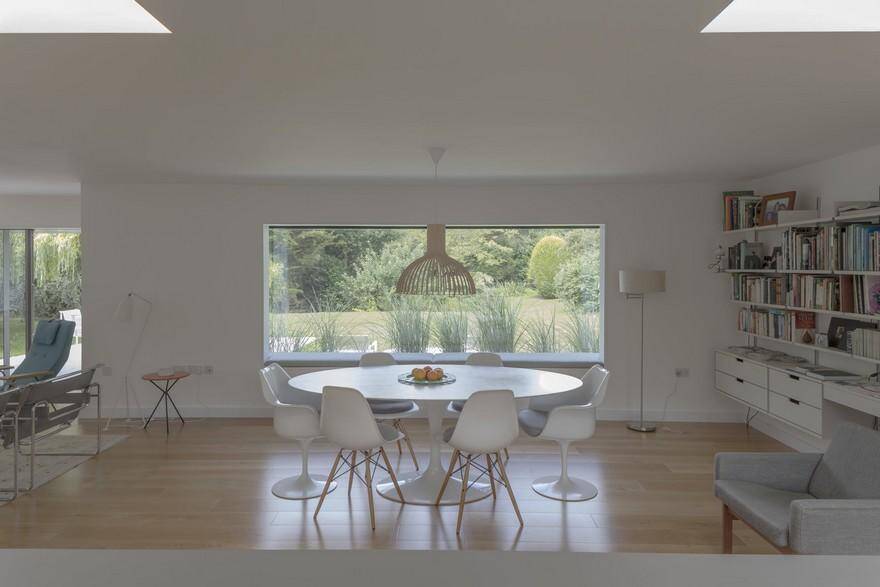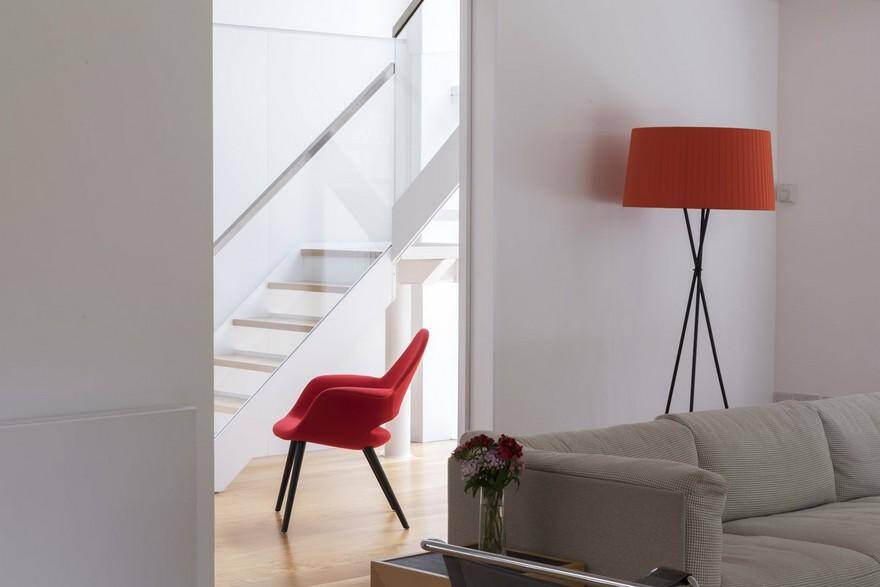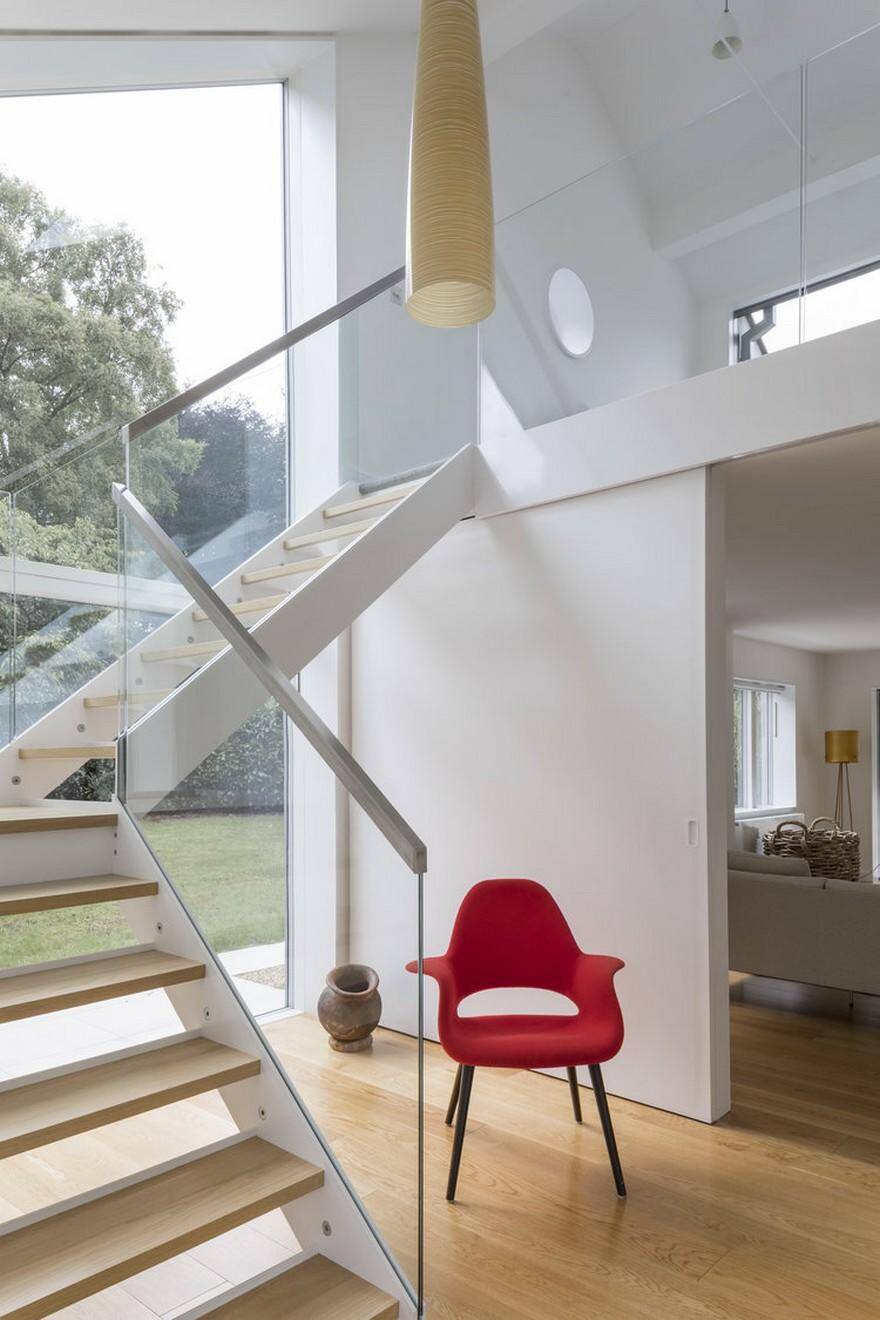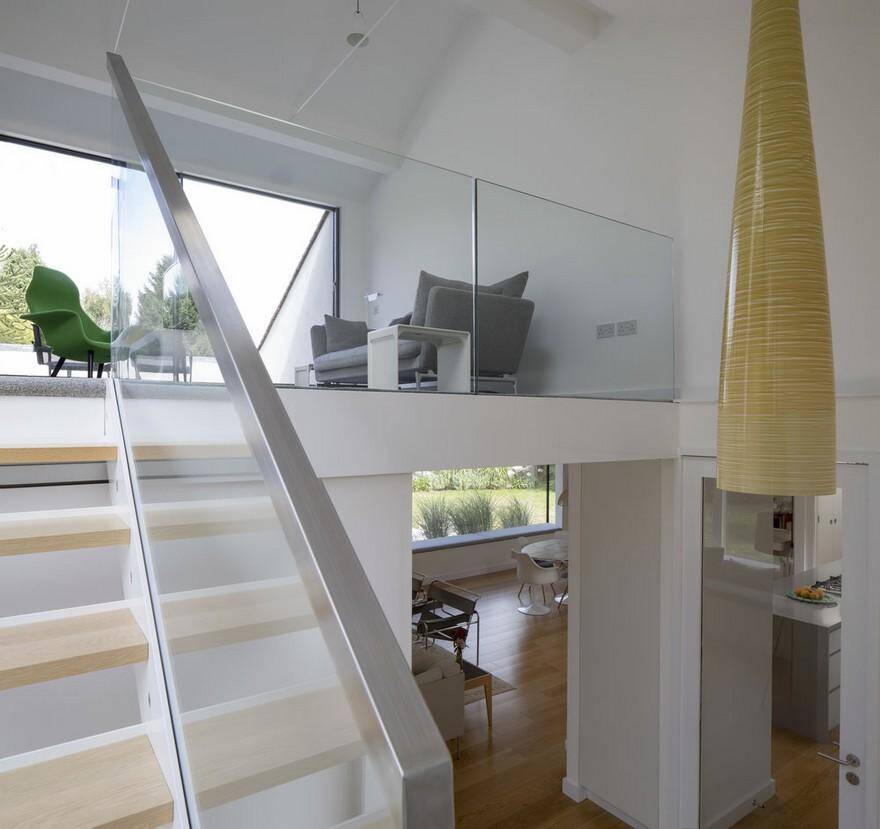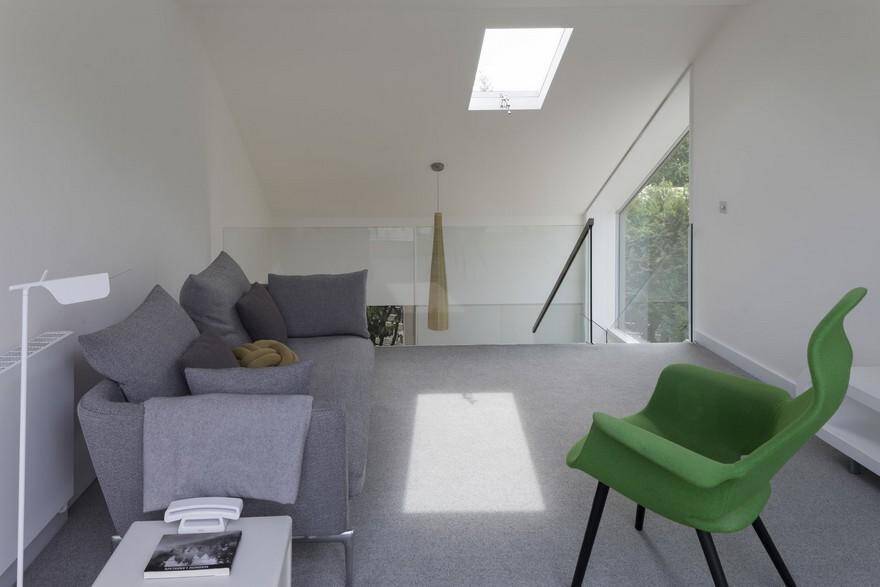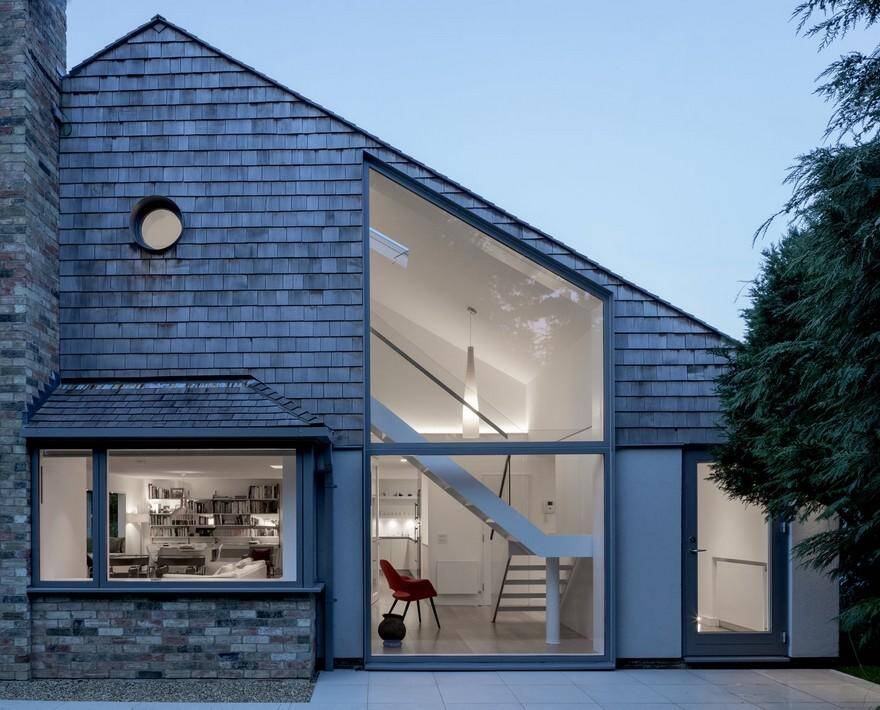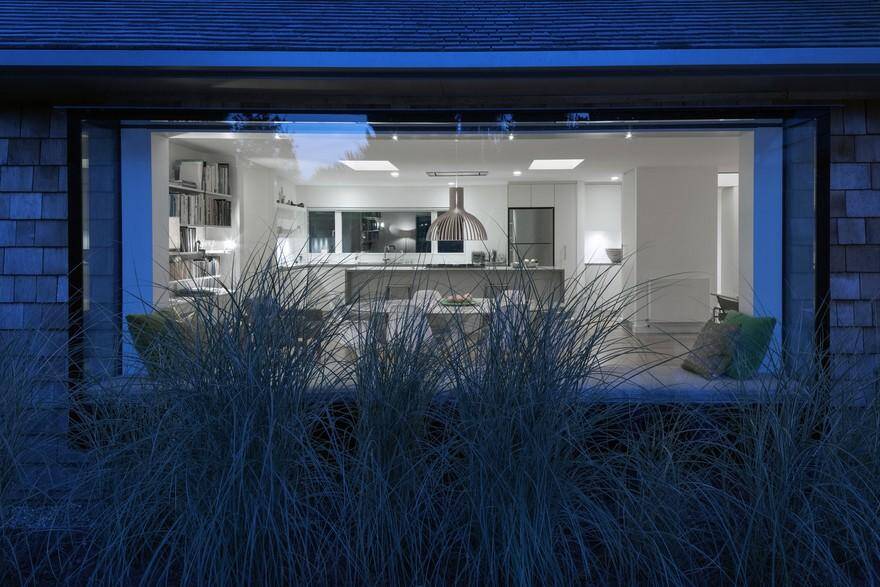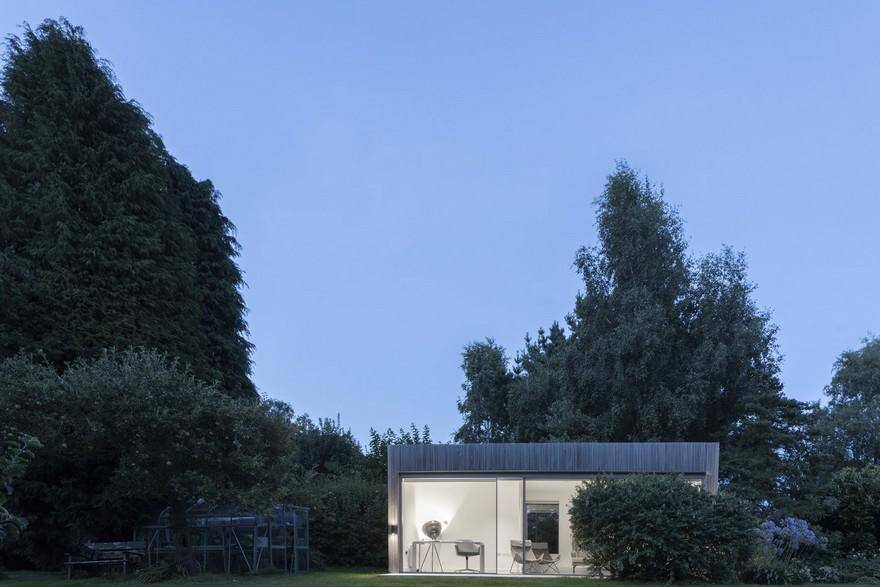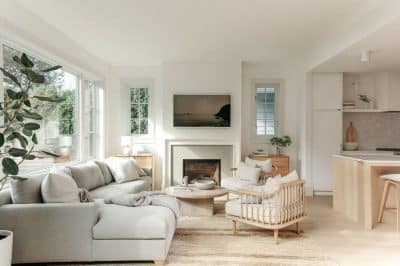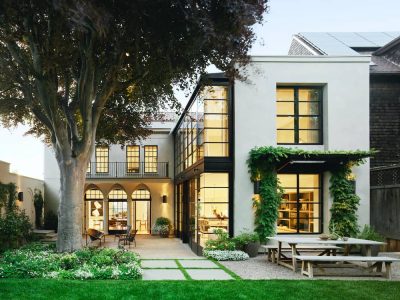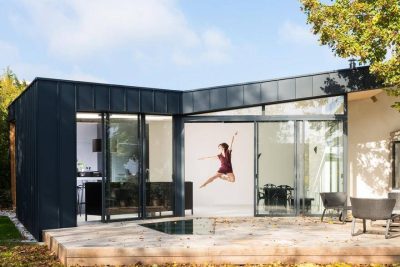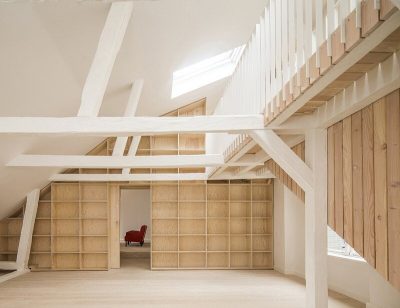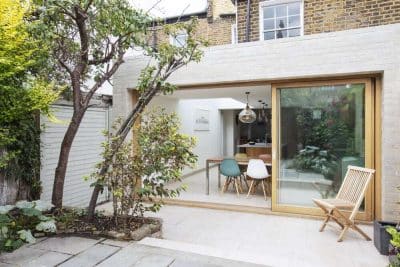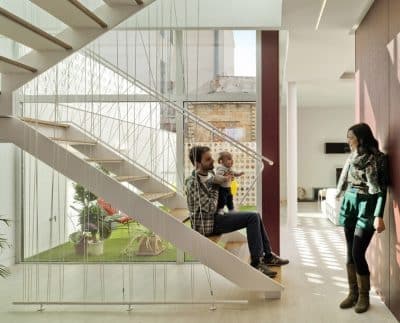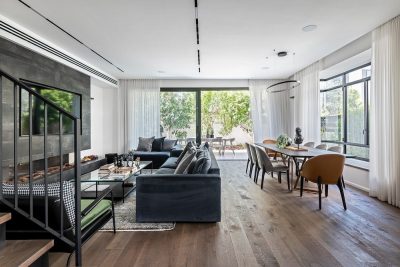Project: La Remise – Colt House
Architects: SOUP Architects
Location: Suffolk, United Kingdom
Photographer: Peter Cook
The site is approximately a mile inland from the Suffolk Coast and surrounded by a number of individual residential properties set within generous well-established landscaped plots.
The main house is positioned close to the site entrance via a shared track road. The house and freestanding garage screens views through to the mature garden that extends away to the northwest from the house. Within the garden was a separate stand-alone building that served as a garden room and further back in the site was a series of sheds and a remote workshop. The original house was a timber framed Colt House (see info below) extended by a previous owner with a two-storey brick addition in the 1990’s.
Our clients wished to modernise the main house and rationalize the internal layout so that the house would have a better visual and physical connection to the main rear garden to the northwest and entrance gardens to the southeast. The works were to include reworking the external appearance and finishes to unify the original and extended house. The garden room has been rebuilt to create a self-contained Summerhouse orientated towards the existing pond and established tree line to the west. And in place of the existing workshop a pair of artist studios have been built to meet specific client requirements and shaped to take in unique views across the site to the east and west and natural light throughout the day.
The History of Colt House
Colt Houses were founded in 1919, initially manufacturing naturally ventilating farm buildings that were so well built that they soon progressed through demand into the construction of timber framed houses.
In 1925 they became the first firm to import commercial quantities of Canadian cedar shingles into Britain and in 1931 the business split with the founding of Colt International, a world leader in ventilation systems and the continuation of the supply and manufacture of timber framed houses by Colt Houses at Bethersden. Famous architects, such as Sir Edwin Lutyens R.A, A.L. Osborne F.R.I.B.A. and Clough Williams-Ellis F.R.I.B.A, have designed past Colt houses.
There are almost 16,000 Colt Houses in the UK and they have also been built all over Europe, including Norway and Sweden, the Seychelles, the Falkland Islands, the Faroe Islands and even Africa.
For almost one hundred years Colt Houses have continued to design and pre-fabricate in their factory efficient, well-constructed timber houses that we have had the pleasure to sympathetically rework and upgrade to meet new owners needs.
Main House and Summerhouse
The original single storey house was simply arranged with 3 modest sized bedrooms to the east, a central entrance and Kitchen / Living and Dining interlinked on the west side. A two-storey extension added to the western side extended the living area with a new fireplace linked to a new first floor room via a tight spiral staircase. The extension also created a secondary entrance that poorly linked into the back of the kitchen / utility space.
In establishing the brief with the new owners it became clear the design should reconsider the main entrance to the house and how it links through to the main areas of the house. The removal of the original, central entrance freed up additional space within the bedroom wing. And the revised (secondary)main entrance, now opens up to the living areas and allows a more fluid and relaxed sequence of spaces leading through to the rear garden.
A new more generous staircase moved to the western external wall allowed the first floor living room to integrate better with the lower level.
Externally, the entire house was re-clad in red cedar shingles that have weathered down to a beautiful silver grey.
The new Summerhouse is built on an exposed concrete plinth, clad above in red cedar. The cladding treatment is distinctive to the main house with a vertical battening arrangement. The simple, wedge shaped form of the Summerhouse, which is visible from the main house tries to create an evolving form between the house and the more staggered angular volumes of the artist studios.

